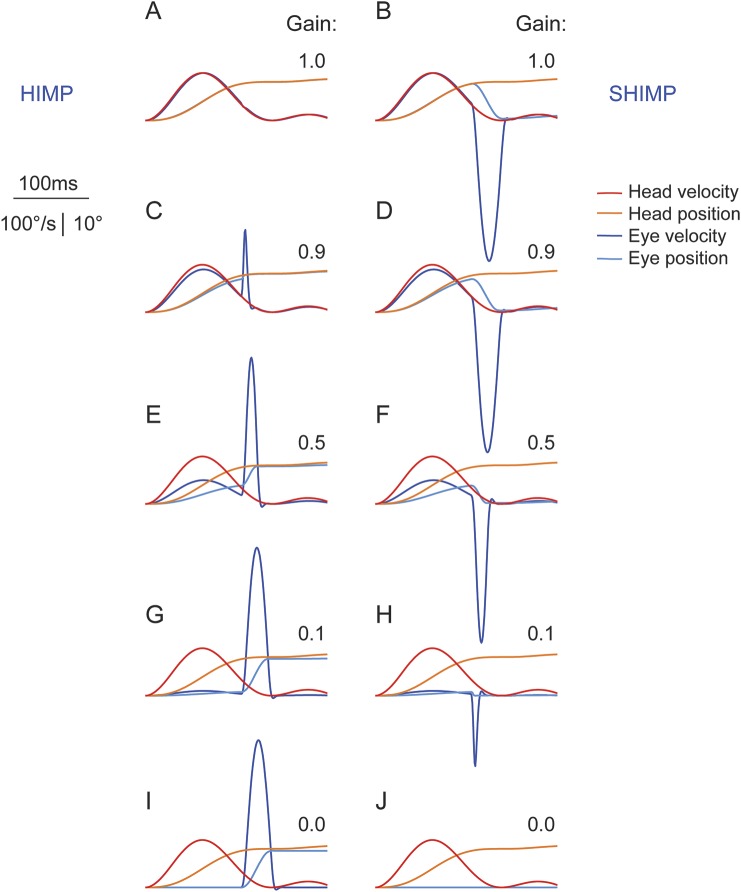Figure 5. Video head impulse test model for illustration of saccade size in relation to VOR gain deficit.
(A) In a healthy control, a head impulse with an earth-fixed target (HIMP) elicits no saccade. (B) In the same healthy control with a VOR gain of one, a head impulse with a head-fixed target (SHIMP) elicits an anticompensatory saccade of the size of the head rotation (16.5°). (J) Conversely, in a patient with total bilateral vestibular loss with a VOR gain of zero, SHIMP elicits no saccade while HIMP elicits a saccade the size of the head rotation (I). (C) Little VOR loss (gain 0.9) is sufficient to elicit a small compensatory saccade with HIMP. (H) In a patient with incomplete vestibular loss, little residual function (gain 0.1) is sufficient to elicit a small anticompensatory saccade with SHIMP. Note that on visual inspection in the velocity domain, the amplitude of smaller saccades (C, 1.5° amplitude) is overestimated compared to the amplitude of larger saccades (I, 15.8° amplitude). HIMP = conventional head impulse paradigm; SHIMP = suppression head impulse paradigm; VOR = vestibulo-ocular reflex.

